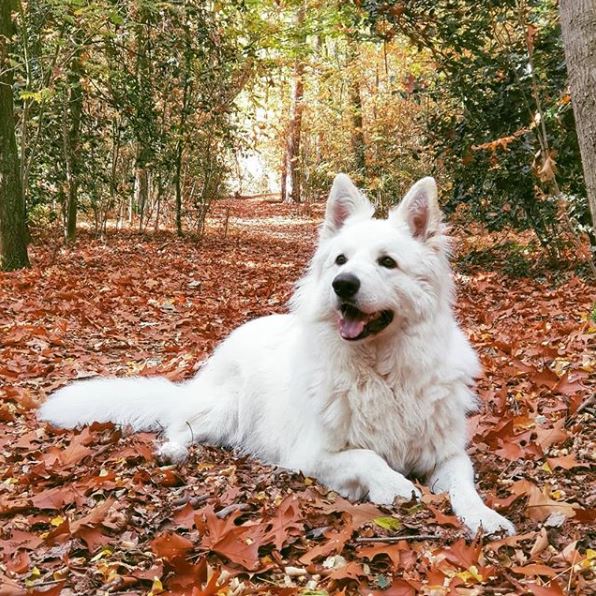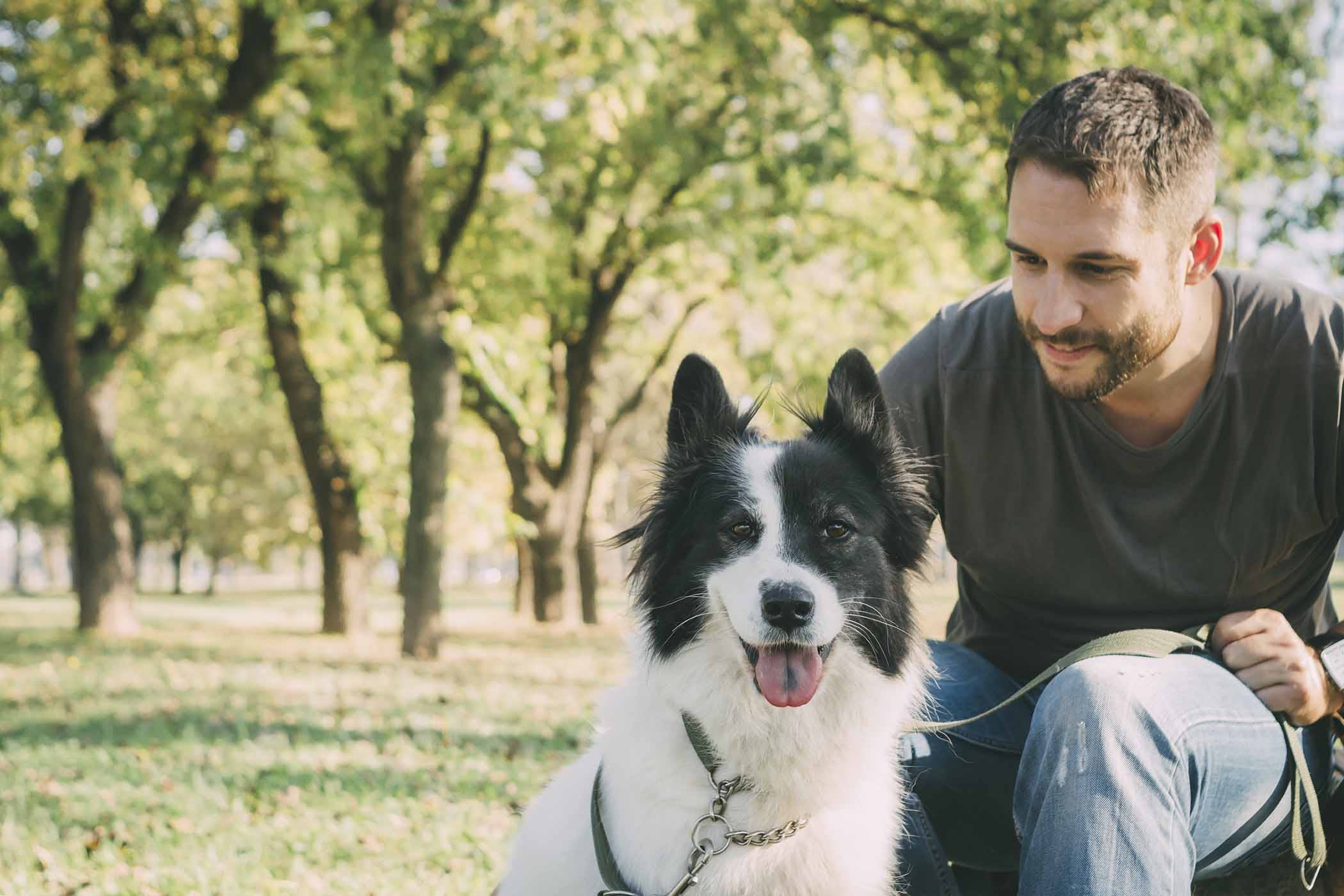
Is It Possible To Deceive Your Pet Dog? (House Pets)
Recently I came across an article from canadian researchers talking about the topic.
As dogs have similar cognitive abilities to human toddlers, having the same language, math and problem-solving abilities as the average two to two-and-a-half-year-old even though they can’t speak human, a team of psychologists from three Canadian universities decided to see if dogs could work out they were being deceived.

Various experiments have shown that dogs are highly sensitive to human cueing and guidance and use human-style gestures such as pointing, head-turning, and gazing as cues to the location of hidden rewards.
For example, if they can’t find a detour around a fence in order to seek out a hidden reward, they can do so once shown the path by their human companion.
Since dogs and humans have had a long history of symbiosis (living together), researchers from the psychology departments at Dalhousie University, Nova Scotia, University of Western Ontario, and Huron University College, Ontario, hypothesized that dogs would trust the signals given them by their human demonstrators.
DOGS FACED WITH COOPERATIVE AND DECEPTIVE HUMANS
Dalhousie PhD student Mark Petter oversaw three experiments, in which 25 dogs took part. The dogs were from a variety of different breeds, and all were house pets – vizsla, labrador retrievers, cairn terrier, dachshund, pug, beagle, rough collie, blue heeler, shetland sheepdog, Weimaraner, Shih Tzus, toy poodles, Yorkshire terrier, and a number of mixed breeds.

They were not all the same age, but were at least six months old. They were recruited through advertisements in the community and were pets of individual owners who volunteered to participate in the study.
The dogs were allowed to choose between two containers, one of which contained a food reward.
In the first two experiments, a cooperative human tester pointed to the container with food on half the trials, and a deceptive human tester pointed to the empty container on the other half of the trials.
Each dog had 200 trials. On 100 trials the cooperator was present, and on 100 trials the deceiver was present, and always they were two different people.
The cooperator always pointed to the bucket where the food was, while the deceiver always pointed to the empty bucket. The dogs learned to approach the cooperator more often than the deceiver.
FINDING FOOD BUT NOT UNDERSTANDING DECEPTION
In the third experiment, inanimate cues (black and white boxes) were used as the “cooperator” and “deceiver” instead of people.
As in the first two experiments, the dogs learned to approach the “cooperator” box more often than the “deceiver” box.

Petter says the experiments indicate that dogs are sensitive to the correlation between cues and their outcomes; however, “they offer no support for the idea that dogs understand human intentionality,” he said.
He pointed out that this contrasted with the experience with apes, which have been tested in similar experiments.
Apes could differentiate between cooperators and deceivers and “most apes learned to never approach the person who was lying to them, and even learned to deceive the humans.”
“We thought they (dogs) would be better at it because dogs seem to be so sensitive to social cues from humans. But there’s no evidence dogs can understand the intentions of a deceiver, nothing that told us the dogs thought, ‘hey this person is deceiving me, I shouldn’t listen to him.’”
BRIGHTER BREEDS MIGHT BE ABLE TO SUSPECT
Since the dogs taking part in the experiments were such a mixed lot, Petter and his team didn’t test whether different breeds responded differently to the deceivers.

“We didn’t actually look for breed differences because we had such a wide variety of breeds. This is unfortunate, as, given my experience with dogs, you might expect that more independent/dominant breeds (such as terriers) may have been better able to figure out when they were being deceived. However, this has not been tested.”
He admitted there were slight hints that some of the participating animals might have been becoming suspicious of the deceiver.
They measured how long they took to respond to the cooperator and deceiver, and they were much slower to respond to the deceiver. The researchers also found that dogs were more likely to refuse to make any response when the deceiver was present.
